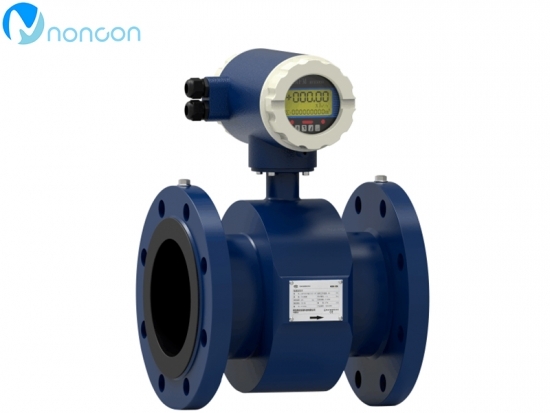
Blog Categories
Recent Posts
Study on electrode surface effect of electromagnetic flowmeter
How to avoid the electrode surface effect of the electromagnetic flowmeter the so-called electrode surface effect refers to the electrode surface chemical reaction effect, electrochemical phenomenon, polarization potential and the catalytic effect of the electrode from four aspects:
1. Chemical reaction effect: it refers to the passivation film or oxide layer formed on the electrode surface after the electrode contacts with the tested medium. At this time, the electrode is not corroded, but the passivation film or oxide layer formed increases the contact resistance of the electrode surface.
Tantalum and water tantalum are corrosion resistant to water. It is wrong to choose tantalum electrode to measure water flow. This is because when measuring water flow, the surface of tantalum electrode will form an insulating layer to block the transfer of induced voltage.
2. Electrochemical phenomenon: it refers to the potential change on the electrode surface when the electrode contacts with the measured medium.For example, when measuring the fluid flow rate of sand-bearing soil solid particles or fiber slurry, the solid particles graze the electrode. Although the electrode is not corroded, the electrode is suddenly changed by the contact potential of the collision surface, resulting in the interference of the output signal of the instrument with a spike pulse.
3. Polarization potential: it refers to the polarization of electrolyte on the electrode surface caused by the polarity difference of electromotive force induced by electrode.The polarization phenomenon of the early electromagnetic flowmeters was serious when the dc excitation electrode was used, and now the low-frequency square wave excitation is used. The low-frequency rectangular wave excitation combines the advantages of dc excitation and ac excitation. Although the alternating excitation reduces the polarization potential by several orders of magnitude, it cannot completely eliminate the influence of the polarization potential interference.
4. Catalytic action: it refers to the chemical reaction of the measured medium under the action of the electrode, which affects the measurement.For example, when the platinum electrode electromagnetic flowmeter is used to measure hydrogen peroxide, the platinum electrode is not corroded, but hydrogen peroxide will generate gas mist on the electrode surface, block the electrical path, and lead to output signal fluctuation.
Platinum and platinum peroxide are corrosion resistant to hydrogen peroxide. If platinum electrode is chosen to measure the hydrogen peroxide flow rate, it is wrong. This is because when hydrogen peroxide is measured at low pressure (0.3Mpa), the electrode surface will produce gas mist blocking electrical path and affect the measurement.
Therefore, the electromagnetic flowmeter is very important to choose the electrode, there is a need to welcome you to consult!!We will take the time to serve you.


